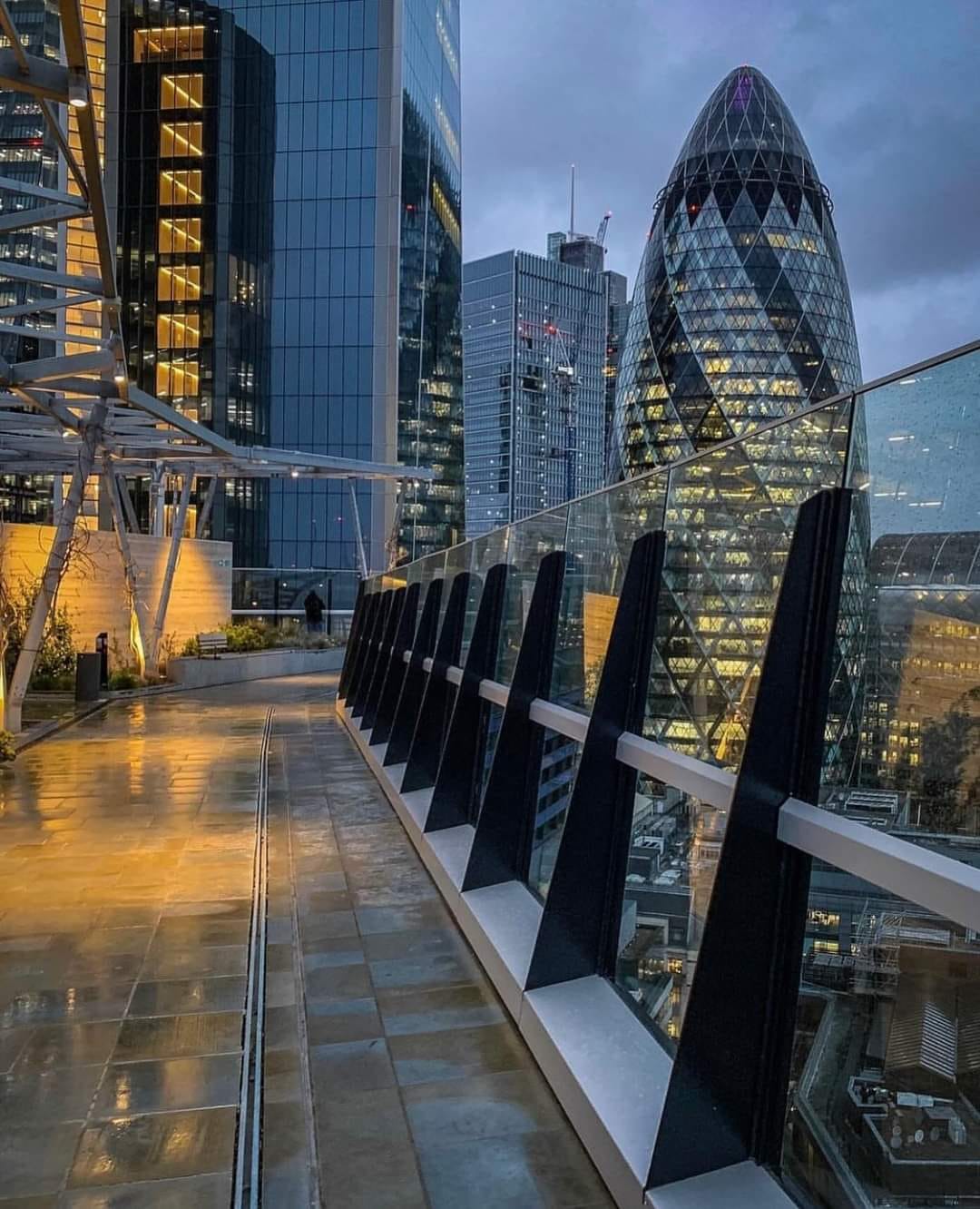India learning valuable lessons from Mongolia www.news.mn
A noteworthy example in this regard comes from Mongolia’s mining industry, a sector which has received significant concessions as part of India’s recent economic package. To respond to the economic crisis arising from the pandemic, the Indian government has announced a package of investments totalling at least 10 percent of the national Gross Domestic Product (GDP).
Mongolia has globally significant biodiversity, mainly grasslands in its Eastern Steppes and the Gobi Desert. With 40 percent of the Mongolian population living as nomadic herders, the grasslands support livelihoods and traditional lifestyles as well.
In 2008-09 when the government of Mongolia wanted to open up its mining sector for investments, it looked for ways in which it could find balanced solutions. It worked with civil society (The Nature Conservancy) on a land-planning approach called “Development by Design (DbD)”. The results of this effort speak for themselves today: as a result of this work, Mongolia created 39 new protected areas in its eastern grasslands. And yet, the country’s mining sector has continued to grow, accounting for 23 per cent of the country’s GDP today!
Mongolia has since replicated this land planning process in the Gobi Desert, as well as its northern and western regions, creating a seamless land-use plan that is leading to the creation of 177,000 square kilometres of new areas that are demarcated as protected areas, while keeping nearly as much land available for mining, on par with the investments in protected areas.
Mongolia’s ‘Development by Design’ approach entailed working collaboratively with businesses such as the Rio Tinto mining corporation, local communities and civil society to scientifically identify areas where mining could take place; areas that should be off-limits for mining because of their ecological or local community values; and areas that if used for mining, would require the impact to be offset. Companies mining in this third category were required to make financial contributions towards “offsets,” which could be utilised to restore degraded sites or develop and implement management plans for the newly established protected areas.
All of this was laid out in an EIA law that the Mongolian government passed. A key component of this law was a national mitigation design tool that equipped companies to both identify areas in which mining was permitted, and not, as well as areas where it was permitted with payment towards “offsets.” The tool also helped the companies calculate the offset price which was based on the impact of their mining activities measured in terms of area, magnitude and duration of impact on the biodiversity values.
While India already has many well-established protected areas, they are insufficient for conserving the country’s wildlife and ensuring the environmental balance for the country. It is indeed important for India to conserve the corridors between the protected areas if the local communities and wild creatures are to thrive into the future. However, the pertinent lesson from Mongolia is not that India needs more protected areas, but that it is possible to find win-win approaches that balance development with the environment and promote ease of doing business without compromising on the environment.
Rather than shying away from doing business in Mongolia because of its EIA law, mining corporations have been happy because the law provides them with businesses certainty around their investments. The chief advisor for biodiversity and ecosystem services for Rio Tinto, for example, has stated that a tool like Development by Design allows companies to assess the pros and cons of individual investments and avoid unnecessary risks.
Published Date:2020-07-21






